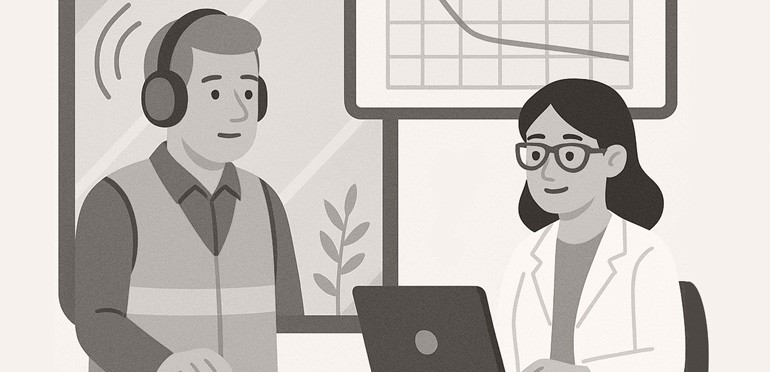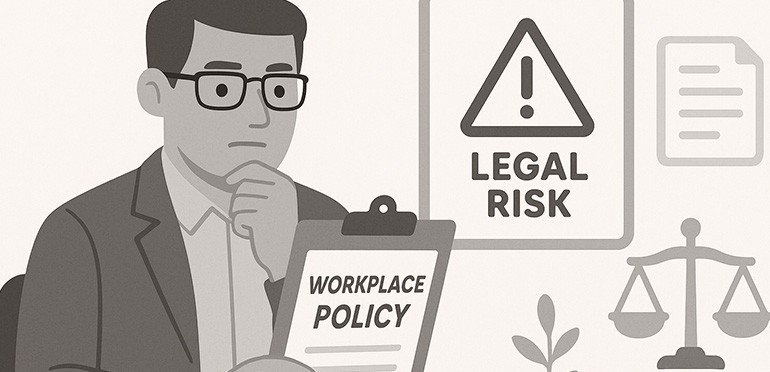Navigating the Complexities of…

22 Sep 2025
In the recent case of Duryea v Electrolux Home Products Pty Ltd [2025] SAET 78, the South Australian
Employment Tribunal (SAET) delved into the intricacies of noise-induced hearing loss (NIHL) claims, discussing the contentious issue of
tinnitus and its impact on compensation entitlements. This matter serves as a critical reminder for employers about the importance of
thorough and consistent medical assessments, clear guidelines, and accurate reporting.
This matter arose when Mr Duryea, who had lodged a NIHL claim against Electrolux Home Products Pty Ltd, sought compensation for hearing aids
and a lump sum entitlement. Central considerations in this matter involved the differing opinions on the impact of tinnitus on Mr Duryea’s
hearing loss, leading to varying assessments of hearing loss by different medical professionals.
Initially, Dr. Diamantis assessed Mr Duryea's binaural hearing loss at 3.6% without considering tinnitus. However, Dr. Fagan later assessed
Mr Duryea and concluded a total binaural hearing impairment of 7.4%, which was increased to 10.4% after accounting for tinnitus. This
discrepancy raised questions about the significance of tinnitus and the accuracy of the assessments, noting the difference in potential
entitlements when comparing the assessment of each medical professional.
When Considering Claims for NIHL:
Takeaway Messages for Employers:
This matter demonstrates the importance of clear and sound reasoning in medical reports, as well as the importance of consistency in
assessment over time, particularly as relates to tinnitus, when managing claims for NIHL. By understanding the intricacies of NIHL claims
and the importance of accurate and consistent assessments, employers can better navigate claims and potential disputes to ensure a fair and
equitable outcome.

27 Oct 2025
Legal Risks of Workplace Policies – Elisha v Vision Australia Continue Reading
16 Oct 2025
Shopov Giourgas Lawyers Recognised as a First Tier Workers Compensation Law Firm for 2025 Continue Reading
22 Sep 2025
Navigating the Complexities of Noise-Induced Hearing Loss Claims: Differing Opinions on Tinnitus Continue Reading